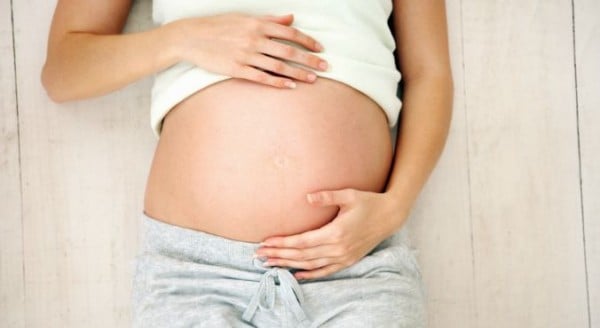
Image via iStock. By: Hannah Dahlen, Western Sydney University and Hazel Keedle, Western Sydney University
We’ve come a long way from the first documented successful caesarean. In 1500, Jacob Nufer, a Swiss farmer who castrated pigs for a living, operated on his wife after a labour of several days involving 13 midwives. Both mother and baby not only survived but the woman went on to have five more vaginal births, with one involving twins.
These days nearly one in three pregnant women in Australia gives birth by caesarean. The most common type – lower segment caesarean section (LSCS) – involves an obstetrician making a horizontal cut along the lower part of the uterus. Sometimes, such as when the baby is very premature, the cut is made vertically through the uterus. This is known as a classical caesarean section.
Women planning their next birth after caesarean are faced with two options: they can have a repeat caesarean section when the baby is term (around 39 weeks), or they can attempt a vaginal birth after caesarean (known as a VBAC).
Risks and benefits.
The advantages of a VBAC include a greater chance of an uncomplicated birth in future pregnancies, shorter recovery time, reduced risk of blood clots, and enhanced mother-infant bonding.




